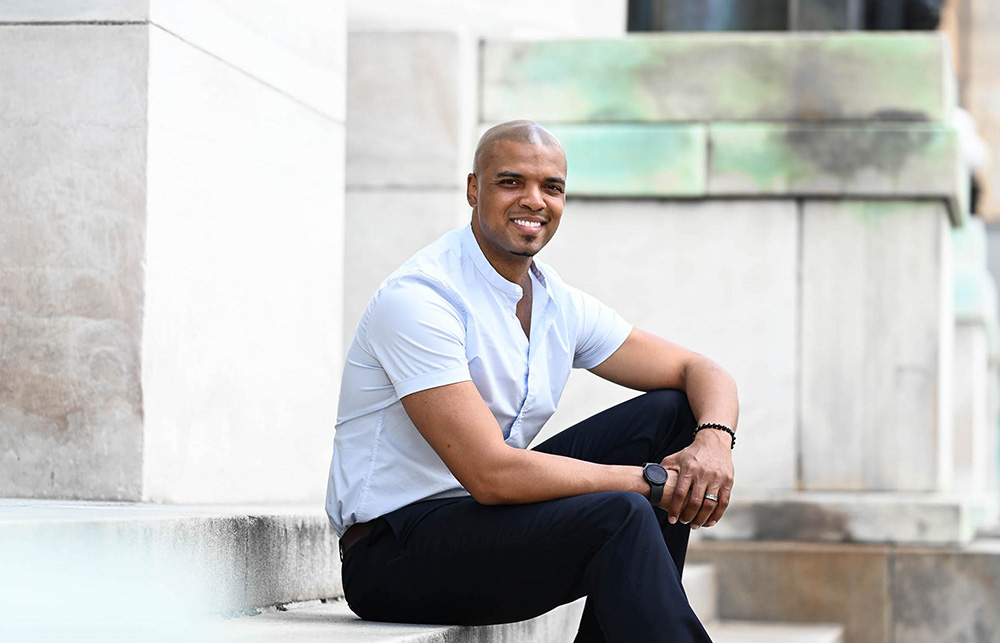When intending to solve social problems, a top-down approach establishes a system that rarely leads to long-lasting results. On the other hand, working together to co-develop strategies and develop solutions creates impact and brings about real change. This is something that Durell Coleman advocates for, proving the merits of this approach through his work.
Durell Coleman is a social impact consultant, systems designer, and engineer whose company, DC Design, co-designs solutions to social problems like mass incarceration, homelessness, and wealth inequality. “Our social systems – Housing, education, employment, healthcare, and criminal justice are supposed to create better outcomes for all, but often, they are ineffectual and unresponsive to the continuous flux we undergo as a society and a nation. The goal is to create long-lasting social impact through systems that actually reach and benefit the people they are meant to serve.”
A fundamental way to bring this about is by focusing on things that transform lives qualitatively and for the long term. According to Durell Coleman, it costs more than twice as much to house a prisoner for a year than it takes to educate a K 12 student. To that effect, he proposes practical steps to design the systems needed to create lasting social impact.
Talk to the stakeholders and understand what ails them
“If we truly want to solve our social problems, we need to listen to those who have lived through the worst of them,” says Durell Coleman. He suggests going beyond thinking about what is needed to create change by talking to people directly about what their experiences have been like in confronting the problem social change organizations hope to solve. “If you want to affect homelessness, talk to the homeless. If you want to affect Black wealth inequality, talk to low-income Black people,” he says. The people most impacted by the shortcomings of a system will understand where the system has failed them, which will help set priorities. Alternately, Durell Coleman recommends speaking to the people in control of these systems to understand their perspectives, goals, and incentives. “If you don’t also understand the perspectives and incentives of those in power, your solutions are likely to fail.”
Come up with innovative approaches

The combined insight derived from speaking to all the parties involved will be crucial in developing new impactful approaches that can genuinely be implemented and maintained. These perspectives offer the constraints needed to create new initiatives that can truly change lives.
Build a testable prototype before preparing for launch
Organizations, governments, foundations, nonprofits, and corporations can follow up with these steps by building a small-scale test of their new social impact initiative that can be presented to the stakeholder tied to a problem or a prototype. Testing the design will help social sector organizations see what has merit and what needs to change. Before launching, organizations should use the feedback they receive from those who have personally been through a challenge to tweak and improve on their idea until an acceptable, long-lasting solution has been developed.
A key aspect, though, is the measurability of the impact of the social design. At DC Design, Durell Coleman has developed a scalable method of creating measurable and sustainable impact.
Durell and his team help socially conscious organizations, governments, foundations, nonprofits, and companies using a process that focuses on co-creation. By working together to arrive at a solution rather than using a top-down approach, they develop social impact solutions that cater to the needs of those most harmed by the current design of America’s social systems.





